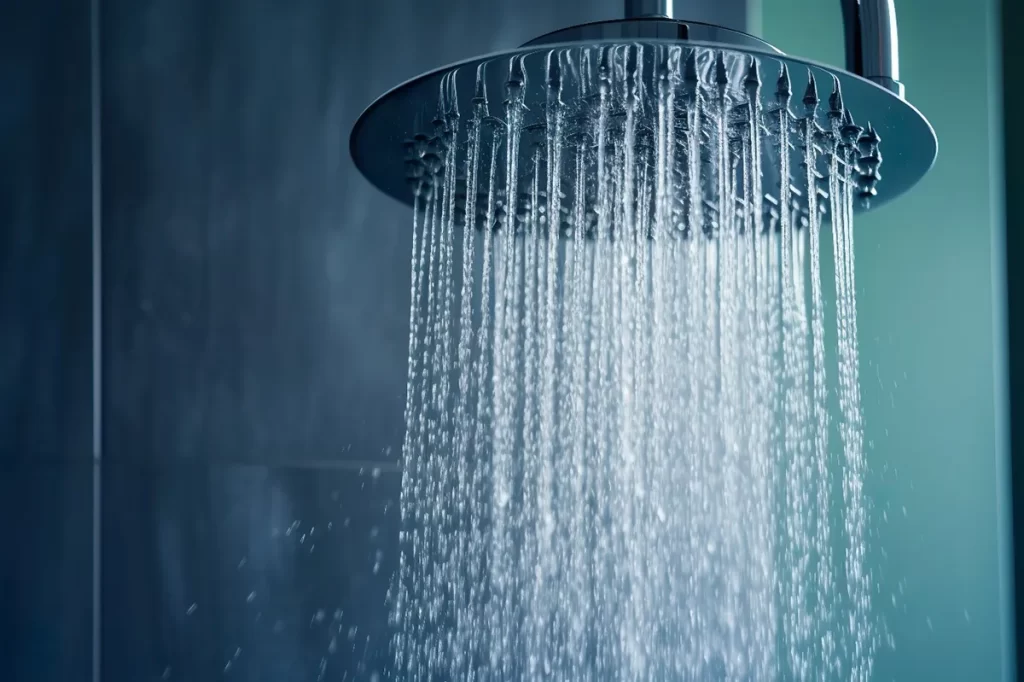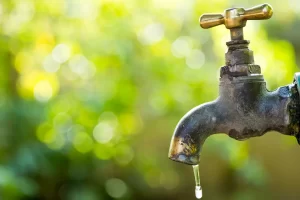Water pressure is an often neglected yet integral aspect of your home’s plumbing infrastructure. Beyond simply ensuring a steady flow of water, the right water pressure is crucial for the overall health and functionality of your plumbing system. Dive into the intricate relationship between water pressure and plumbing, shedding light on potential issues that can arise from either excessive or inadequate pressure. Join us as we guide homeowners on not only how to measure their water pressure but also how to regulate it effectively, preventing potential plumbing headaches down the line.
The Basics of Water Pressure
Water pressure is the force that propels water through your home’s pipes, reaching faucets, appliances, and fixtures. While an optimal pressure level is essential for the efficient operation of your plumbing, deviations in either direction can lead to a cascade of problems.
The Effects of High-Water Pressure
Pipe Damage:
Excessive water pressure acts as a constant force on your plumbing pipes, leading to gradual wear and tear. This persistent pressure can weaken joints, create leaks, and, in extreme cases, result in catastrophic pipe bursts. Pipes made of materials like copper are particularly susceptible to damage from high water pressure over time.
Fixture Wear and Tear:
Faucets, showerheads, and other fixtures are not immune to the impacts of high-water pressure. The consistent force can cause premature deterioration, resulting in leaks and reducing the overall lifespan of these essential components.
Appliance Strain:
High water pressure places undue stress on household appliances such as washing machines, dishwashers, and water heaters. This strain can lead to malfunctions, decreased efficiency, and a shortened overall lifespan for these appliances.
The Consequences of Low Water Pressure
Slow Drains and Inefficient Appliances:
Low water pressure can manifest as sluggish drains and suboptimal performance from appliances. Washing machines may take longer to complete cycles, and showers may lack the necessary force for a satisfying experience.
Difficulty in Daily Tasks:
Basic daily activities like washing dishes or taking a shower become frustrating with inadequate water pressure. Beyond mere inconvenience, this can impact the effectiveness of cleaning activities and overall comfort in the home.
Measuring Water Pressure
For homeowners, understanding their current water pressure is a crucial step towards ensuring a healthy plumbing system. Here’s a step-by-step guide on how to measure water pressure at home:
- Locate the Main Water Line: Find the entry point of the main water line into your home. This is typically close to the water meter.
- Attach the Pressure Gauge: Connect a pressure gauge to an outdoor faucet or hose bib situated near the main water line. Ensure a secure connection with no leaks.
- Turn Off Other Water Sources: To obtain an accurate reading, turn off all other water sources both inside and outside the house, including faucets, washing machines, and irrigation systems.
- Open the Faucet: Turn on the faucet to which the pressure gauge is attached and let it run for a few minutes to stabilize the pressure.
- Read the Pressure: The pressure gauge will display a reading in pounds per square inch (PSI), indicating the water pressure in your plumbing system.
Regulating Water Pressure:
Once armed with the knowledge of your water pressure, homeowners can take proactive measures to regulate it effectively:
- Installing a Pressure Regulator: A pressure regulator, also known as a pressure reducing valve (PRV), can be installed on the main water line to control and maintain a safe water pressure level throughout the entire plumbing system.
- Adjusting the Pressure Regulator: For those already equipped with a pressure regulator, it may have an adjustable screw or nut. Consult the manufacturer’s instructions to make the necessary adjustments, ensuring the pressure remains within the recommended range.
Recognizing the intricate relationship between water pressure and your plumbing system is pivotal for maintaining a functional and efficient home. By routinely measuring and regulating water pressure, homeowners can proactively prevent potential plumbing issues, prolong the lifespan of plumbing components, and ensure a steady and reliable flow of water for daily activities. Consider the management of water pressure as a small but strategic investment that promises significant returns in terms of plumbing system health and longevity. Taking the initiative to understand and control water pressure is not just about convenience—it’s about safeguarding the heart of your home.



